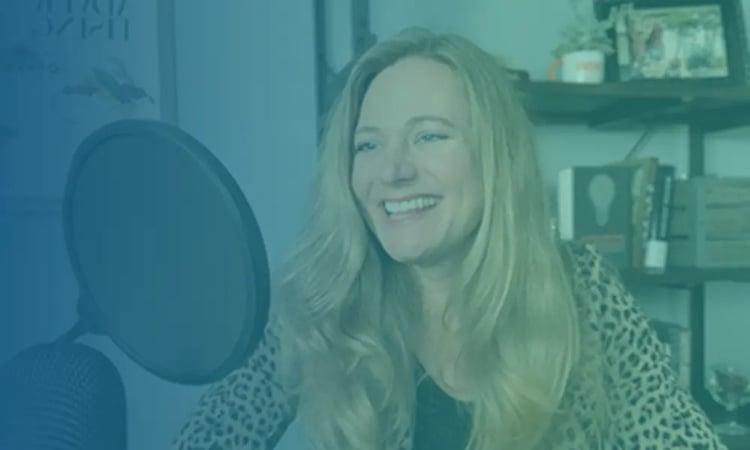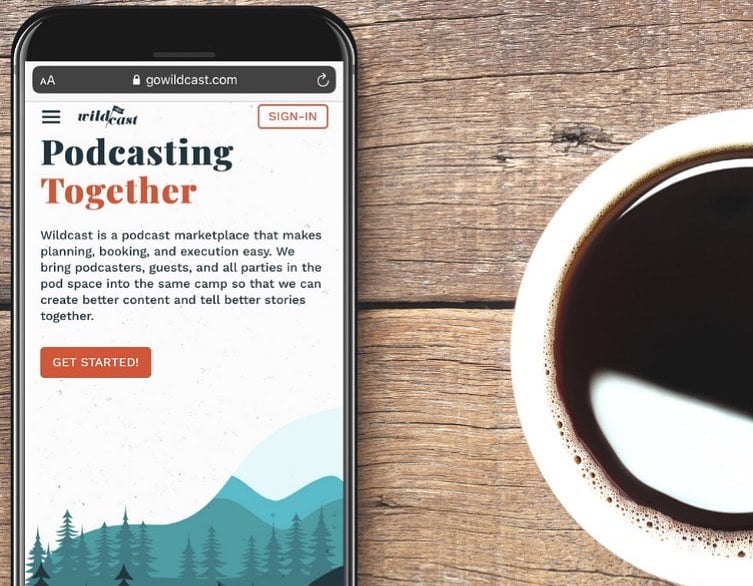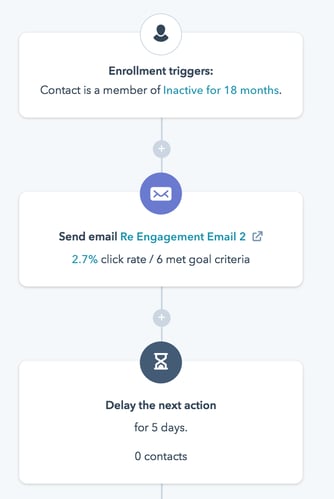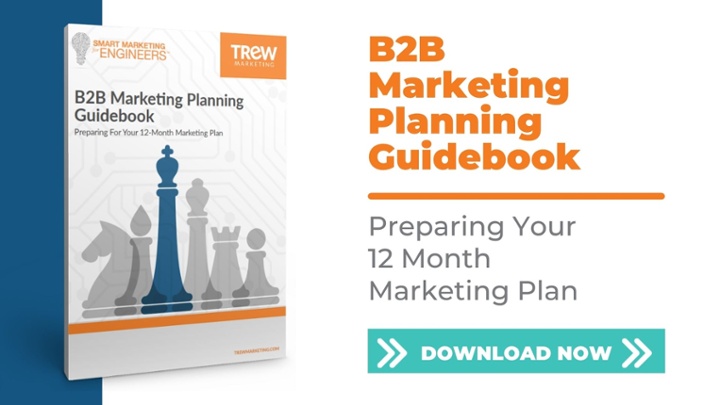According to the Nielsen Podcast Listener Buyer Power database, "the total podcast audience is growing at a compound average growth rate of 20%" with no signs of slowing down. Those of you targeting technical buyers will be interested to know that engineers listen to at least one podcast per week for work purposes, as we found in the 2021 State of Marketing to Engineers report. All this means that now is an excellent time to launch a podcast to promote and strengthen your brand.

Unfortunately, as the proliferation of new podcast shows accelerates, the quality is going down. I've seen a disappointing trend of weak editorial strategy leading to discombobulated scatter shots of random content and direction. It seems more effort is given to which microphone to purchase than thinking through the show’s topical coverage and attracting guests that fit the overall goals.
Think of your favorite podcast. There’s likely a clear focus, a comfortable flow and banter between host and guest, and you leave each episode inspired, or at least smarter, in some way. This doesn’t happen by accident; behind the scenes is a thoughtful, careful approach to content strategy.
Before you hit record on your first (or next) episode, here are five steps to crafting a content strategy for your B2B podcast.
Understand Your Purpose
Your purpose defines why the podcast exists and drives all kinds of downstream decisions about what topics to cover, which guests to choose and how to market the show. By staying focused on your purpose, you have a greater chance of attracting and retaining the right audience persona.
Let’s revisit our scattered, unfocused podcast friends. The host perhaps chooses an incredibly broad category on which to focus, and the guests are so varied that the content doesn’t consistently deliver material that connects with their audience. Worse yet is the "wing it" approach, where hosts get on the mic and ramble with no clear direction.
These shows are missing a consistent, common thread that pulls people back in episode after episode. This is particularly true with technical audiences, which place a premium on informative content from a credible source. This group will not have much interest in returning for future episodes on the off chance the content is relevant to them.
Plan With Your Audience Persona in Mind
Who is your target persona and what topics are they most interested in? Rather than starting with the guests you can easily book, which is an all-too-common mistake, start with what your audience wants to learn. You can use content topic clustering as a technique to map this out. Start with a central theme and identify related pain points and topics which warrant coverage. Prioritize those topics based on which would be most interesting to your personas and support your show focus, and which are most relevant to your business.
When preparing for each interview, think through questions your persona might have for the guest. While you may be quite knowledgeable on the subject at hand, don’t forget to come at the subject from your persona's point of view and ask questions that might seem basic to you as the host. The best interviews flow with an underlying current of curiosity and engagement by both parties.
Build A Process For Finding And Vetting Guests
Selecting podcast guests is a serious and time-consuming undertaking. The good news? There are loads of people out there who would love to be a guest on your podcast — but it doesn’t mean that they should be.
Before you send your first invitation, establish criteria of what to look for in a guest, and closely filter requests accordingly. These criteria considerations may include profession, type of company, industry, region and past experience as a speaker or podcast guest.

Services like Wildcast help match podcast hosts and guests.
There are a growing number of podcast matching sites, including MatchMaker.fm and Wildcast, which match podcasts and guests. These sites can help you connect with quality, experienced guests. But even with an assist from a matching site, be cautious. It is easy to fall into the trap of saying yes to a request (and fill another week’s guest slot), only to find the guest was too far out of niche, or worst yet, did a poor job of striking the educational versus promotional balance. That said, it is wise to break out of your network to gain exposure to new audiences; just don’t do it at the detriment of your purpose.
With a combined strategy of targeting your network, matching sites and promotion through your show website, you should be able to maintain a pipeline of quality guests over time.
Set Yourself (And Your Guests) Up For Success
Before the big interview day arrives, you’ll want to prepare your guest with key information about your show's purpose, target audience and key topics to cover. You’ll also want to convey logistical details such as episode length, recording platform and expectations about microphones, and perhaps encourage them to listen to a few of your best episodes as examples.
As part of your content strategy, map out and create email templates and workflows to ensure you never miss hitting "send" on these important expectations-setting communications.

Tools like HubSpot make it easy to create workflows that send automated emails.
Understand That Your Audio File Is Just the Beginning
Podcasting is a big investment, and you’ll want to wring as much value out of your material as possible. Consider expanding from audio-only to a video podcast format, providing you the opportunity to publish full audio and video episodes on different platforms. Video shorts, complete with captions, perform incredibly well on social to draw attention and new subscribers to the podcast. Additionally, listeners will expect each episode to be published alongside a companion blog with links to show resources mentioned during the episode. This blog doesn’t just serve your listeners, it also boosts your search results as a source of ongoing, fresh content for your website.
Podcast hosting done strategically will help you grow a following of the right audience, extend your investment and accelerate time to results.
Podcasting should be just one aspect of your larger B2B marketing strategy. For our best advice on developing your marketing plan, explore our B2B Marketing Planning Guidebook.
This article was originally published by Forbes, which you can find through this link.
TREW is a marketing agency dedicated to reaching engineering and technical audiences through a range of marketing initiatives. Contact us today to learn more about the services we offer.
SUBSCRIBE TO OUR BLOG FOR THE LATEST UPDATES
Wendy Covey
 Wendy Covey is a CEO, a technical marketing leader, author of Content Marketing, Engineered, one of The Wall Street Journal’s 10 Most Innovative Entrepreneurs in America, and she holds a Texas fishing record. She resides in a small Hill Country town southwest of Austin, Texas, where she enjoys outdoor adventures with her family.
Wendy Covey is a CEO, a technical marketing leader, author of Content Marketing, Engineered, one of The Wall Street Journal’s 10 Most Innovative Entrepreneurs in America, and she holds a Texas fishing record. She resides in a small Hill Country town southwest of Austin, Texas, where she enjoys outdoor adventures with her family.
About TREW Marketing
TREW Marketing is a strategy-first content marketing agency serving B2B companies that target highly technical buyers. With deep experience in the design, embedded, measurement and automation, and software industries, TREW Marketing provides branding, marketing strategy, content development, and digital marketing services to help customers efficiently and effectively achieve business goals.




 Wendy Covey
Wendy Covey
